In today’s world, AI is often seen as a reliable sidekick in the field of cybersecurity, always ready to save us from potential threats. However, like every superhero, AI has its flaws and weaknesses. While AI is transforming the landscape of cybersecurity, making it possible to process large amounts of information and run detailed analyses, it is not without limitations. It has become essential for detecting threats before a cyberattack can occur, but AI can sometimes fall short when faced with complex challenges.
AI tools can quickly analyze large volumes of data in small periods, improving early threat detection and accuracy. Their real-time monitoring capabilities make them a fast processor of risks, but even with all this, AI cannot always detect every anomaly as well as a human expert could. AI’s efficiency in monitoring and threat detection is a game-changer, but understanding its limitations is key. While it might seem like an infallible detective, AI still requires human oversight to ensure comprehensive protection.
What are the disadvantages of AI in cybersecurity today?
AI in cybersecurity has flaws like algorithmic bias, over-reliance on technology, and vulnerability to adversarial attacks, making human oversight critical despite its advanced capabilities.
Why AI Matters in Cybersecurity
AI is transforming the landscape of cybersecurity – and here’s why – it can deal with a ton of information and make the necessary analyses allowing us to deal with threats even before the word ‘cyberattack’ comes in. Think AV and AI, and it’s all about monitoring and threat detection that is so much smarter than what is possible now. It’s like having an infallible detective on your team. But here’s the twist in the plot. Yes, AI is spectacular but there are some big limitations that it has.
- Quick Data Analysis: AI is the fast processor and can analyze large volumes of data in small periods.
- Improved Early Threat Detection: AI makes an improved accuracy of potential threat detection even in the earlier stages.
- AI Real-Time Monitoring: AI efficiency allows for constant monitoring of risks.
Key Points
- Securing the Systems, but Leaking Frustrations: Of Course AI can detect threats, but it can also be a source of weaknesses to our systems as well. This would be comparable to having a guard dog that doesn’t bark as a burglar comes flying through the backdoor!
- Bias in AI Algorithms: Did you know that AI algorithms are sometimes unfair? That’s true! The AI model can provide wrong and inconsistent evaluations if the training data is inadequate. For instance, if an algorithm decides certain groups are not a threat, that creates a large gap in our overall cybersecurity measures.
- Dependency on AI: AI tools shouldn’t be used solely in this field as they might create a sense of laziness in security teams. It is like giving a student a calculator for every maths class; eventually that student cannot solve the problems by himself!
- Sociology of Job Loss: Low skill positions may go as AI continues taking over more jobs. These might include jobs of basic threat detection or any entry-level routine task. But do not lose hope – fresh opportunities related to AI policy-making and complex threat analysis will arise!
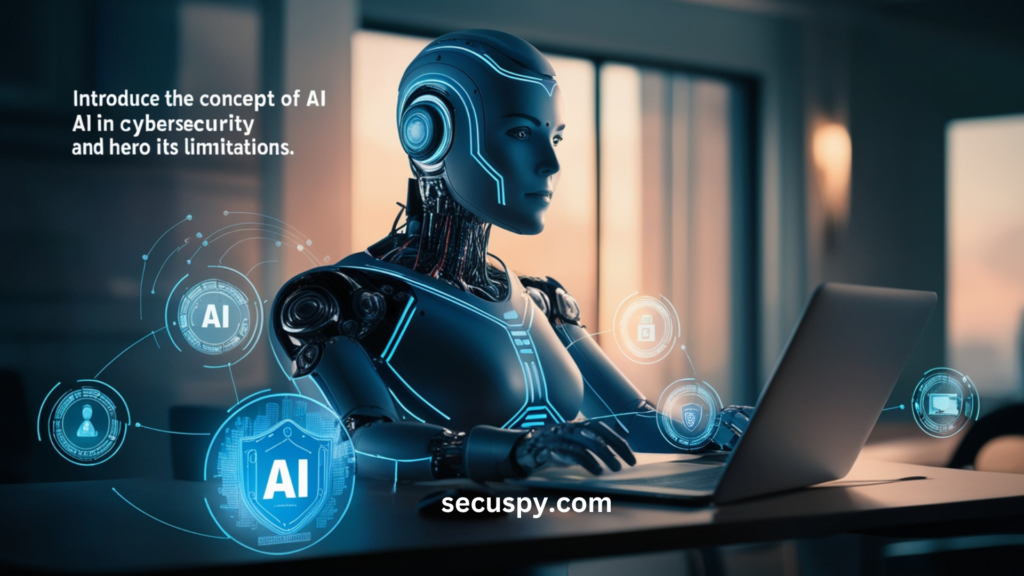
Defining AI with respect to Cybersecurity
So, what is artificial intelligence in cybersecurity? AI is a broad term that encompasses technologies that simulate human intelligence, helping us to detect patterns and irregularities in data. It’s like having a best friend who finishes your homework faster than you finish your favorite series!
Here are a few key boons of AI in cybersecurity:
- Speedy Data Mining: AI has the capability to go through vast amounts of data very quickly to help in the identification of threats before they escalate into anything serious.
- Increase in the Detection of Threats: Pattern and anomaly detection is made better with the use of AI, assisting in possible real-time threats.
- Increasing the Levels of Automation: AI can respond automatically to some threats which reduces the number of human analysts dealing with the routine core tasks.
Algorithm Aversion: What’s the Dark Side?
Algorithm aversion, on the other hand, is the opposite of trust in algorithms that should deliver unbiased and neutral results to their users. This phenomenon occurs when an AI algorithm routinely neglects to take account of factors which stem from bias, and results in a skewed output or solution. To explain this further, let’s imagine a security algorithm that results in denial of access to some groups and ignores the rest, simply because of faulty programming; what kind of a mess would that algorithm generate? A mountain of negative chaos and ineffective cybersecurity that virtually invites intruders to breach the security.
- The Definition of Algorithmic Bias: The systematic inequality in outputs of AI systems constitutes algorithmic bias.
- Real-World Effects: It happens in the real world where algorithms don’t take notice of certain minorities who might be potential threats when they are actually risk, leaving major security holes in systems.
- Impact on Security Measures: This may lead to defect in the AI security-based algorithms that will render the AI cybersecurity ineffective.
Benefits and Disadvantages of AI usage in Cybersecurity
The benefits and challenges posed by AI in cybersecurity borders on applicability and utilization in the correct and ethical manner. Pros and cons exist in every tool, let us place some emphasis on AI in cybersecurity from both perspectives.
Pros:
- Faster identification of Threats: AI is capable of analyzing big amounts of stats utilizing real time which implies information retrieval of apparent cyber threats is faster compared to human reaction time.
- Efficiency: AI can perform functions repetitively, thus performing menial tasks and allowing the security personnel to work on sophisticated problems and less burden.
- 24/7 Monitoring: AI never goes off duty; it can sustain its attention on systems and ensure that there is always someone watching and there is a possibility attack from any direction.
- Predictive Capabilities: AI can always study previous attacks and reason out likely future attacks, allowing organizations to take proactive measures.
- Scalability: AI can assist in effortlessly expanding to meet the changing volume of data and threats that will come up as organizations scale.
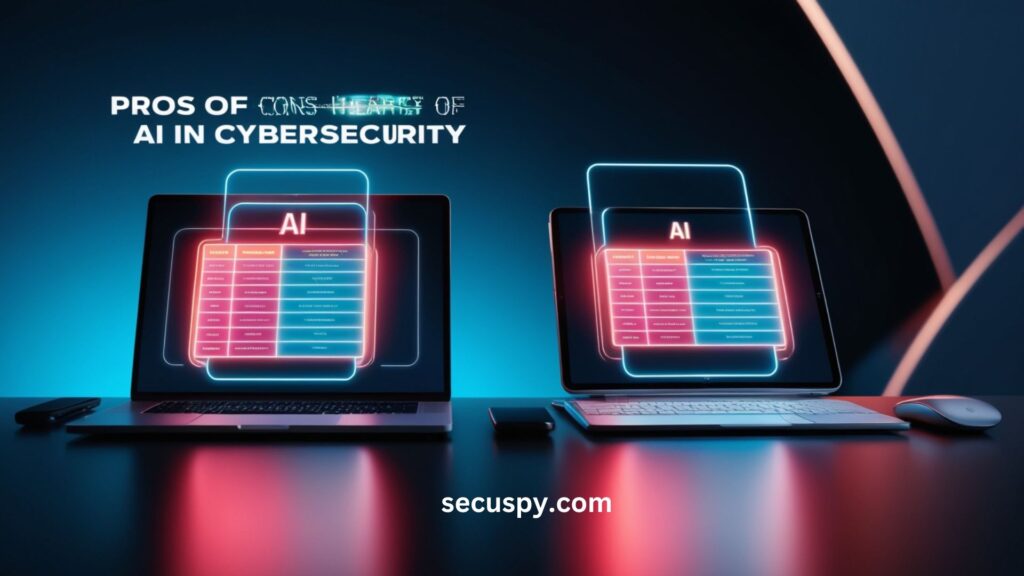
Cons:
- Algorithmic Bias: AI systems do not combat every risk since they take on the stereotypes within the data they learn which can ruin the security outlook of an organization.
- Over-reliance on AI: An over dependence on machines can lead to disuse of human skills, and can result in confident security personnel.
- Vulnerability to Adversarial Attacks: Malicious actors can exploit AI systems by feeding them false information, thereby introducing flaws into the AI’s decision-making process.
- Job Displacement: There are some job positions, particularly those involving repetitive scavenger type works that will eventually become expendable with AI systems.
- Ethical and Regulatory Challenges: Designing and deploying AI systems in cybersecurity raises questions on data safety, fairness and responsibility, which must be addressed.
Vulnerability to Adversarial Attacks
Here’s where you get into a pickle concern. AI systems can be susceptible to adversarial attacks – to personalize a situation, it’s like thinking that a cat is a dog and attempting to convince it. These are the methods that cause manipulation of input data that gives a wrong output, and a criminal may go undetected due to this. It’s like a game of seek and hide only that the AI can never seek nor win.
- Definition of Adversarial Attacks: These are a broad range of computer techniques employed for purpose to elude AI models through alteration of input data.
- Impact on AI-Driven Security Measures: Adversarial methods are the most effective and devastating approaches to AI solutions cutting across systems.
- Examples of Exploitation: Cyber criminals will use among other attacks these adversarial to by-pass the security leading to data breach.
Over-Reliance on Technology
In the world, if we get too confident with the automated systems, we will completely forget the human factor. Well, let’s face it, the most advanced of AI entities does not have the one thing a security analyst does – experience and critical thought. Would you want yourself to be in a self-driving car scenario where the steering wheel was switched to self-contained and thus there was no driver around?
- Dangers of Over-Reliance: An escalating reliance on Mal AI applications and application plus use may lead security teams to become too relaxed.
- Need for Human Oversight: As much as AI brought in a new aspect of incident response strategy, the human eye must supersede intel of AI driven systems.
- Importance of Critical Thinking: The security teams ability to analyze interconnected factors and realities should not be allowed to dull with time and routine practices.
Job Displacement in Cybersecurity
What people sometimes don’t understand is that time AI is fully adopted, time wasted performing basic tasks such as simple threat detection will go extinct. The sad truth is, not every single job will survive, but other industries will flourish. For role and industry change jobs are safer – it’s like being given candy but finding a sore thumb behind it.
- Roles at Risk: Employment in positions related to simple repetitive activities, such as basic threat detection and its monitoring may face displacement.
- Emerging Opportunities: New roles in AI governance, security audits, and advanced threat analysis may require specialized skills.
- Workforce Adaptation: Upskilling and restructuring to new technologies are inevitable movements for the future workforce.

Regulatory and Ethical Implications
When it comes to AI, more so in cybersecurity, there are moral and legal issues that cannot be overlooked. Protecting personal data such as GDPR needs to be observed during the deployment of AI systems. And that AIs are deployed in an ethical manner where there is fairness, transparency, and accountability in the decision-making processes. At this point, we do not want our AIs to be the super villains in the movies, rather, their heroes Sponsors!
- Compliance Challenges: Organizations face the challenge of assessing themselves in relation to data protection laws and regulations.
- Ethical Considerations: There should be fairness, transparency and accountability in AI’s decision making processes.
- Importance of Ethical AI Deployment: There is a lot of focus that should be placed on the ethical deployment of AI so that public trust can be maintained.
Balancing AI and Human Expertise
The important element in formulating an effective cybersecurity strategy is to balance AI tools and human intelligence evenly. We are in this together! AI can be a force-multiplier, but it is human perspective that has to validate AI outputs and ensure that great security is in place.
- Best Practices for Collaboration: Defining cyber security frameworks should incorporate AI-powered tools so as to stretch the teams’ capabilities.
- Maintaining Human Oversight: At all times, humans should be the ones to verify AI outputs and be the ones to make concise and vital decisions owing to their training.
- Creating a Synergistic Environment: Perfect cyber security strategies are the ones that take the best of AI and blend them with best of human capabilities.
Future Challenges with Cybersecurity AI
As AI continues to develop it is obvious that new threats will also be part of the package. Imagine a video game where each time players level up, the difficulty only increases. Instruments such as predictive analytics or some AI-based innovations can help with risk assessments, but they may bring new risk as well. Cyber threat is a changing environment and consequently, our security techniques can’t remain static.
- Evolving Cyber Threats – The landscape of cyber threats is not static and the advancement of technology constantly creates new changes that we need for adaptation.
- Emerging AI Technologies: Emerging AI technologies may provide cheaper risk assessment but also new risks too.
- Need for Continuous Improvement – Organizations have to be in tune with the latest AI developments together with the impact of such developments on security.
Conclusion
It is necessary to appreciate the demerits of AI in cybersecurity so that proper and robust security strategies are formulated. Other concerns that we addressed include job automation, algorithm bias as well as technology over-dependence. For AI-enabled interventions to succeed, there ought to be a fusion between human intelligence and AI so that the underlying threats to Cyber risks remain in abeyance.
FAQs
What are the main disadvantages of AI in cybersecurity?
- Impacts such as job automation, algorithm bias, or weaknesses to adversarial attacks can all combine to lower security.
How does algorithmic bias impact cybersecurity performance?
- Inaccurate assessments of threats due to biases present in algorithms present a risk of a compromise of security measures.
What are adversarial attacks?
- Kryptografia adversarial injuries describe the active method of compromising AI systems with the intent of silencing cyber threats.
Why is over-reliance on AI a problem?
- Over-reliance leads to overconfidence in the sorbitals and the relationship between the teams and Lexicons is undermined.
How can organizations eliminate the impact of AI on cybersecurity?
- They should apply AI technologies together with measures for physical people’s presence (complementary) and awareness campaigns.
What ethics occur with the use of AI in cybersecurity?
- For instance, ethical concerns are over the data privacy and fairness on the algorithms used and who is accountable for the machine made on artificial intelligence.
What roles are considered vulnerable to be taken over by AI?
- Repetitive tasks including elementary levels of threat detection will perhaps be susceptible but new advanced level roles could have opportunities too.
How can organizations prepare for the future of AI-enabled cybersecurity?
- By reskilling staff, defining and implementing governance for AI technologies, and refining cybersecurity policies to manage emerging threats.

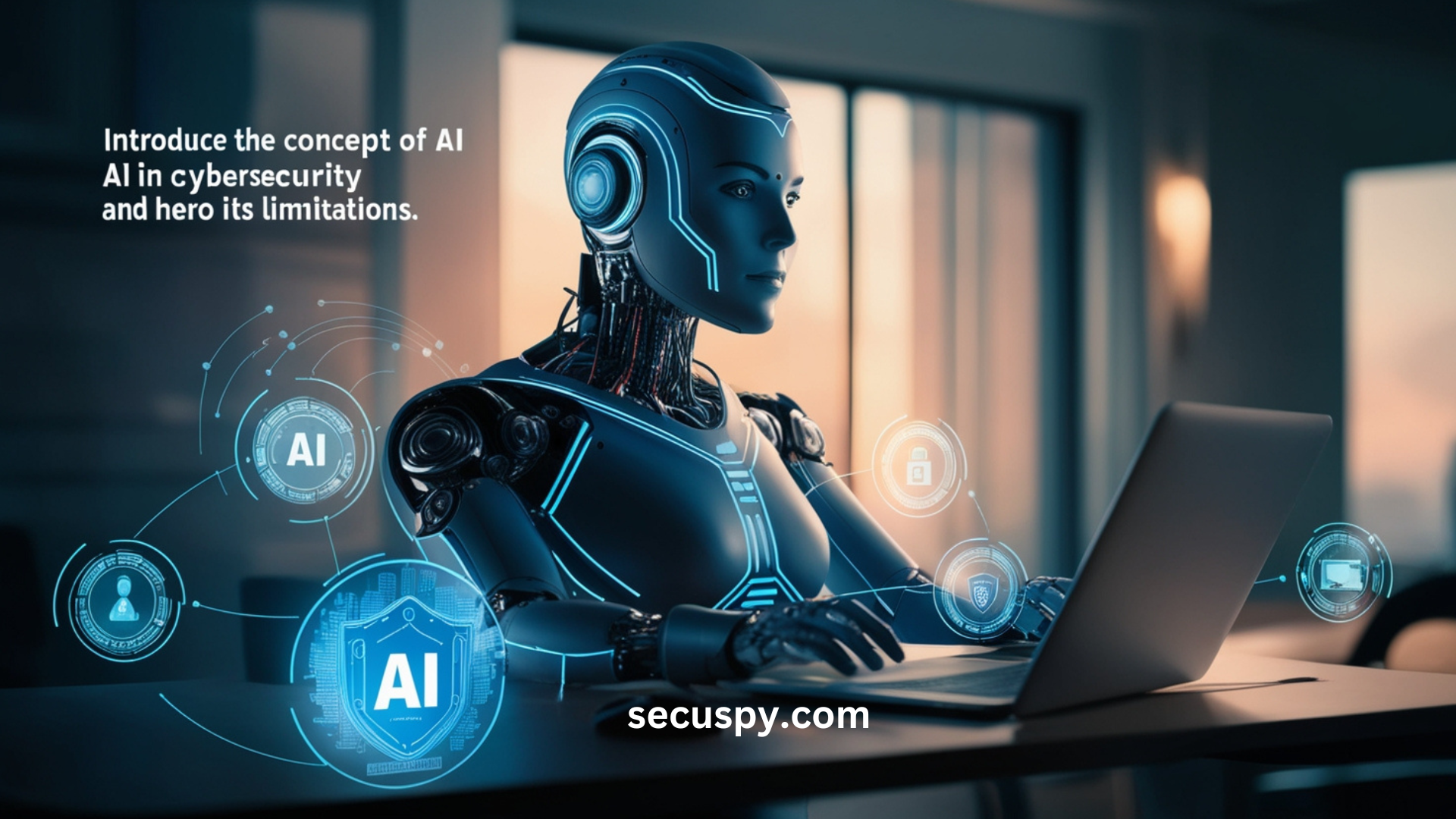
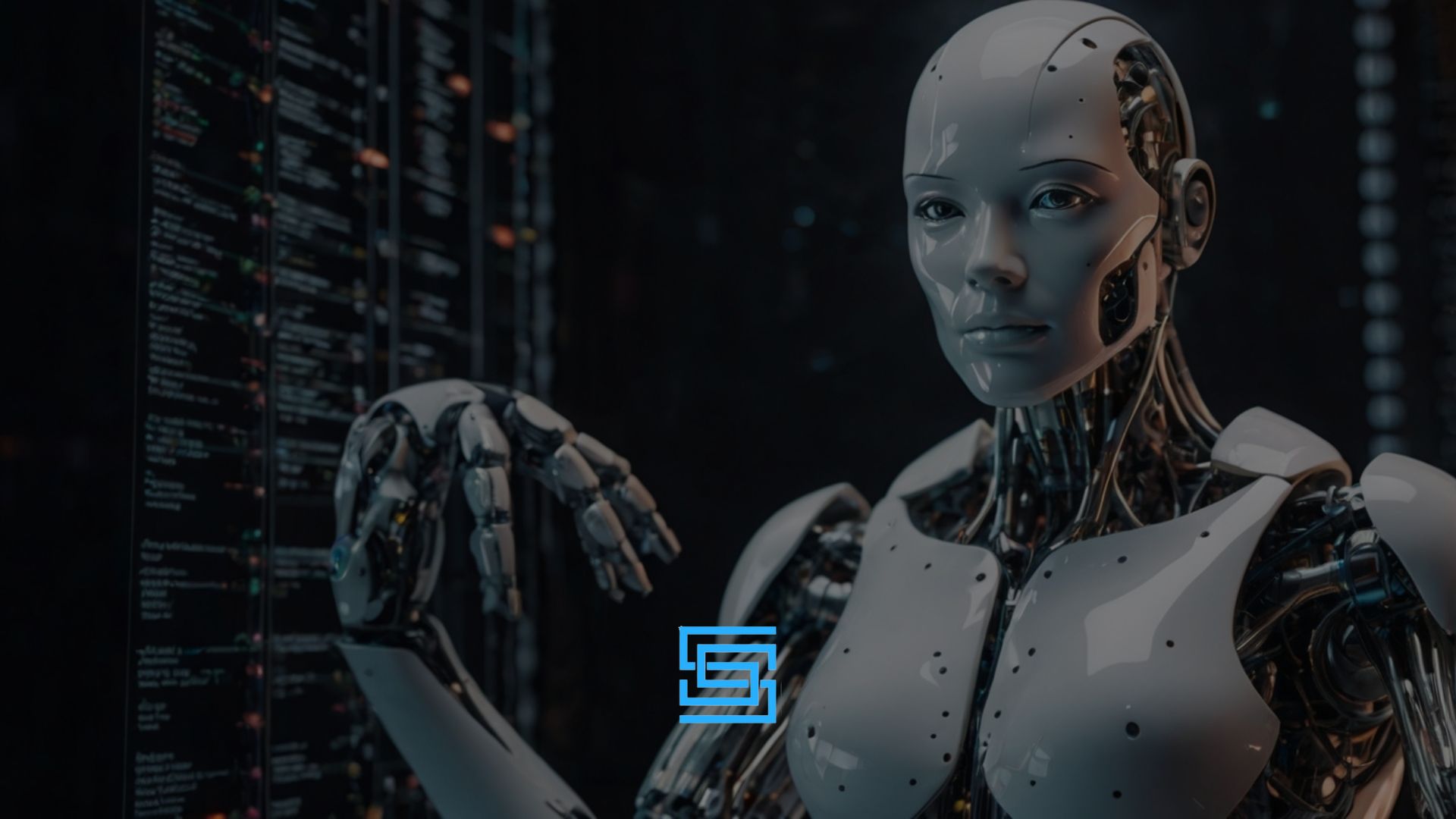
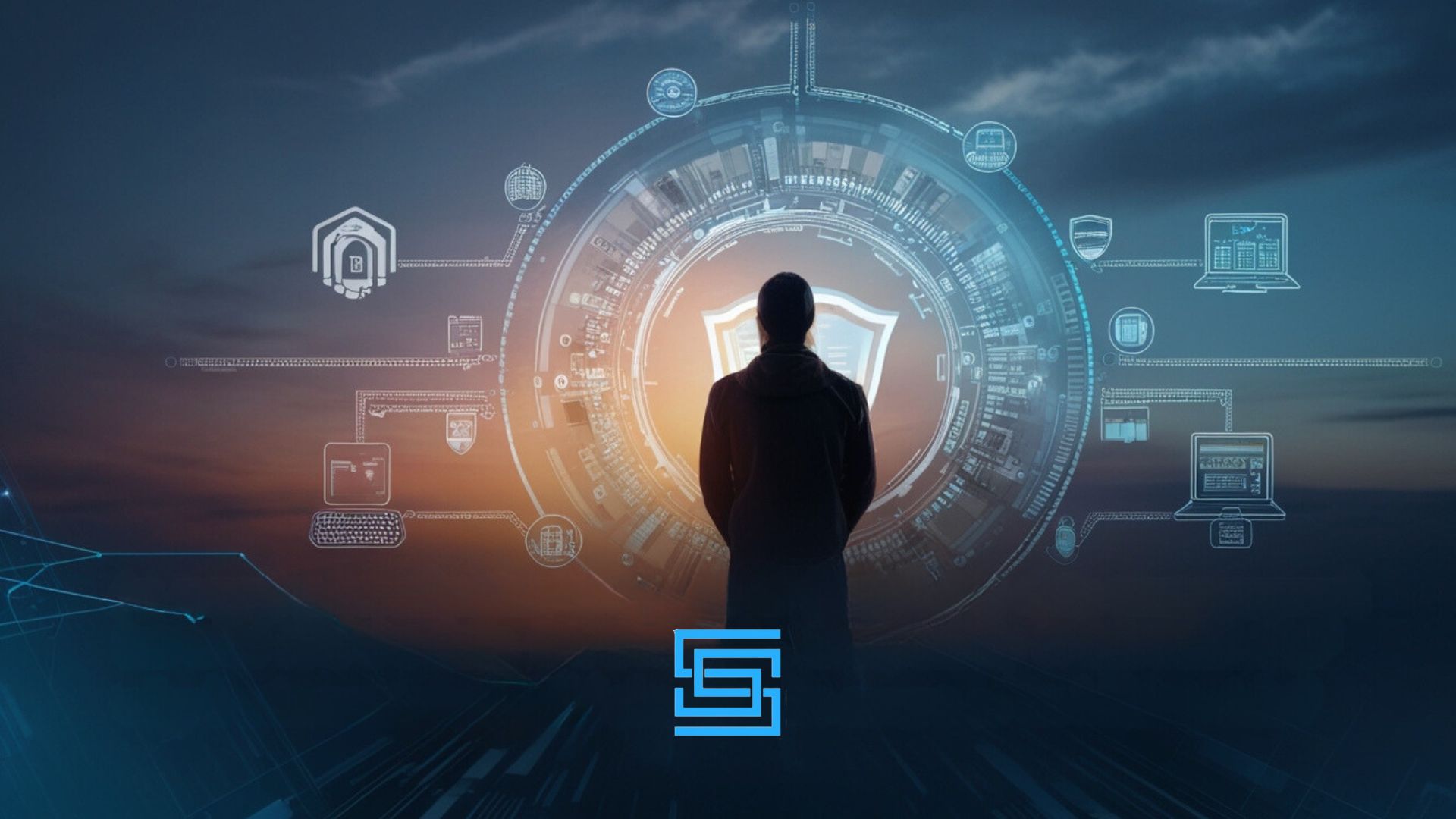
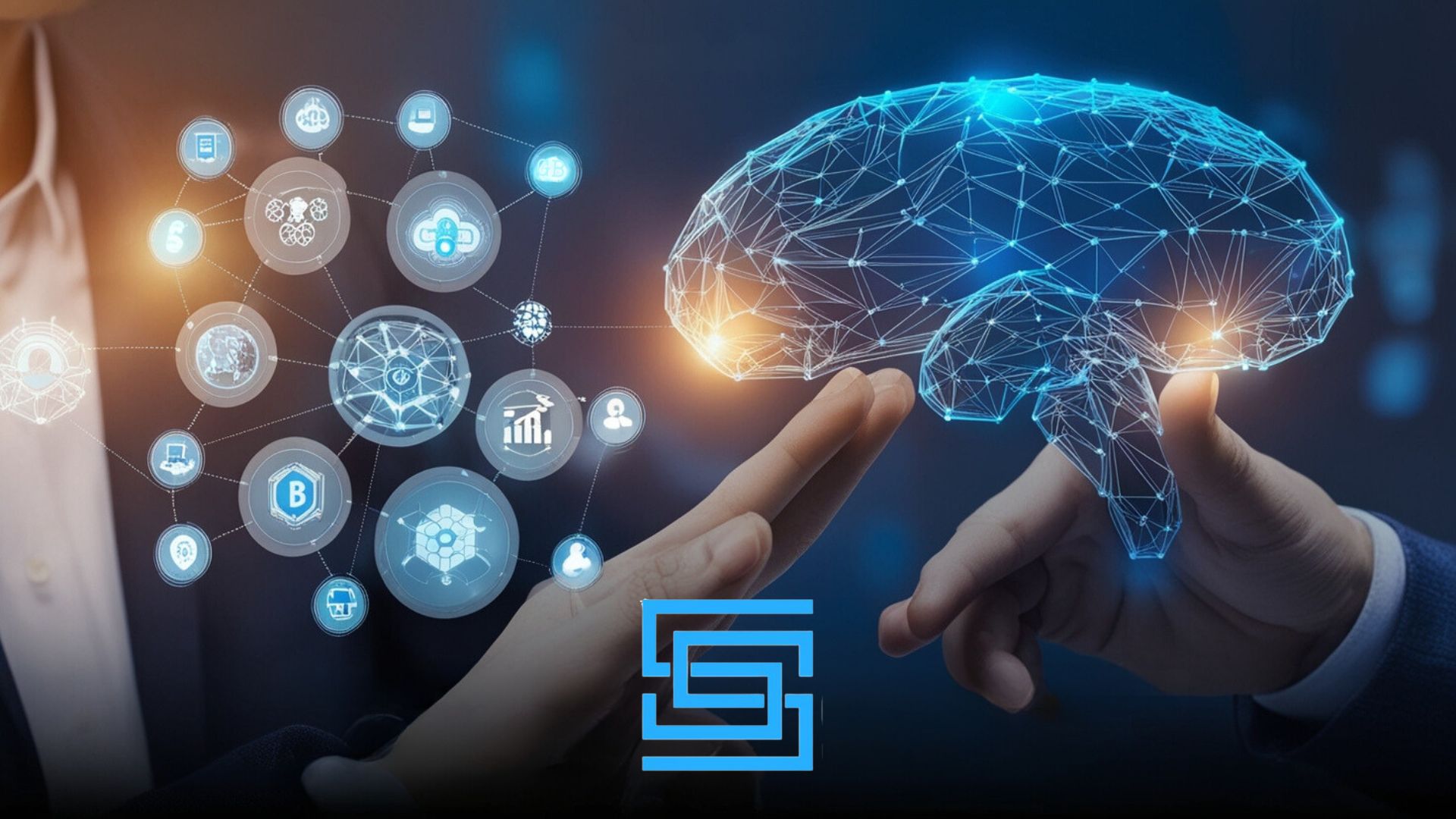

One thought on “Are You Aware of the Disadvantages of AI in Cybersecurity?”